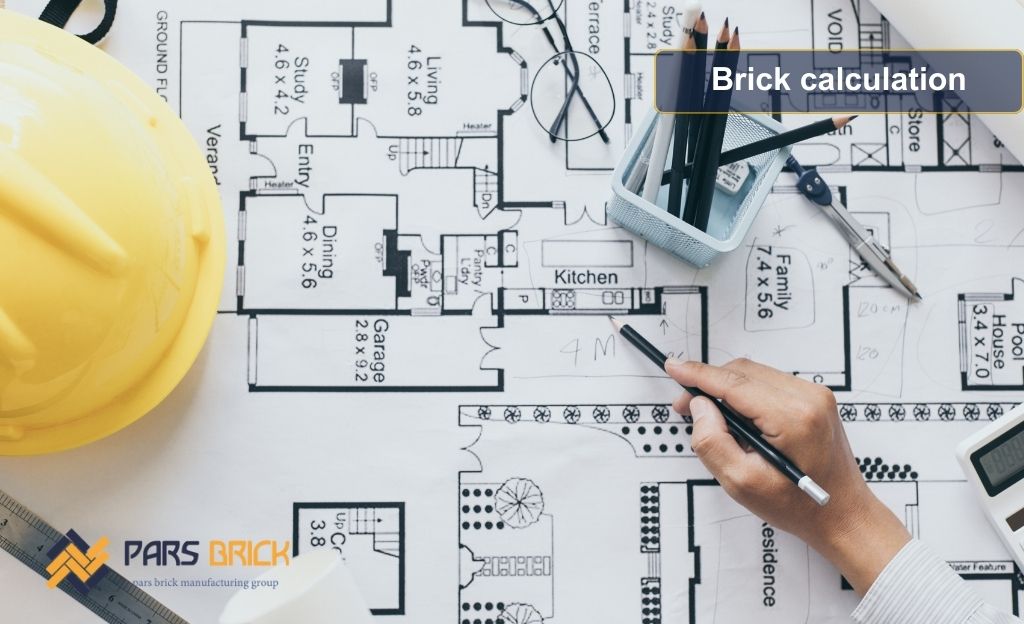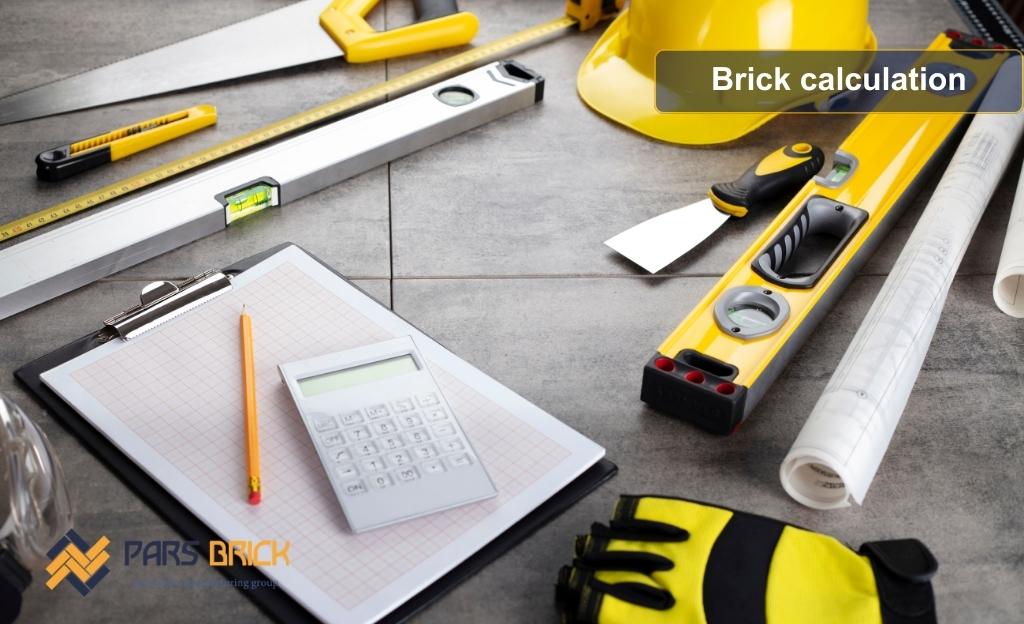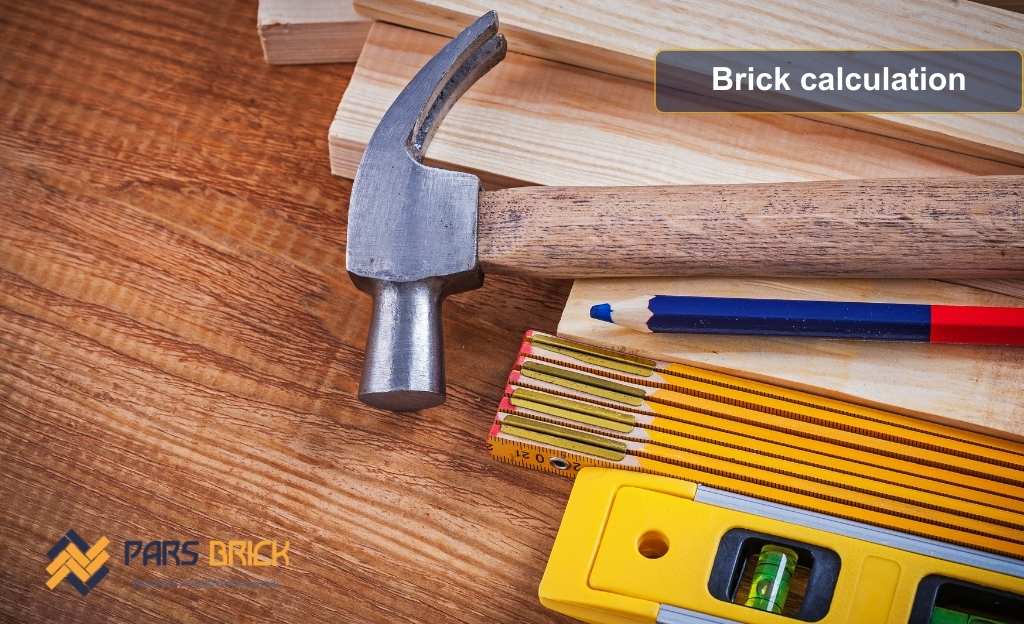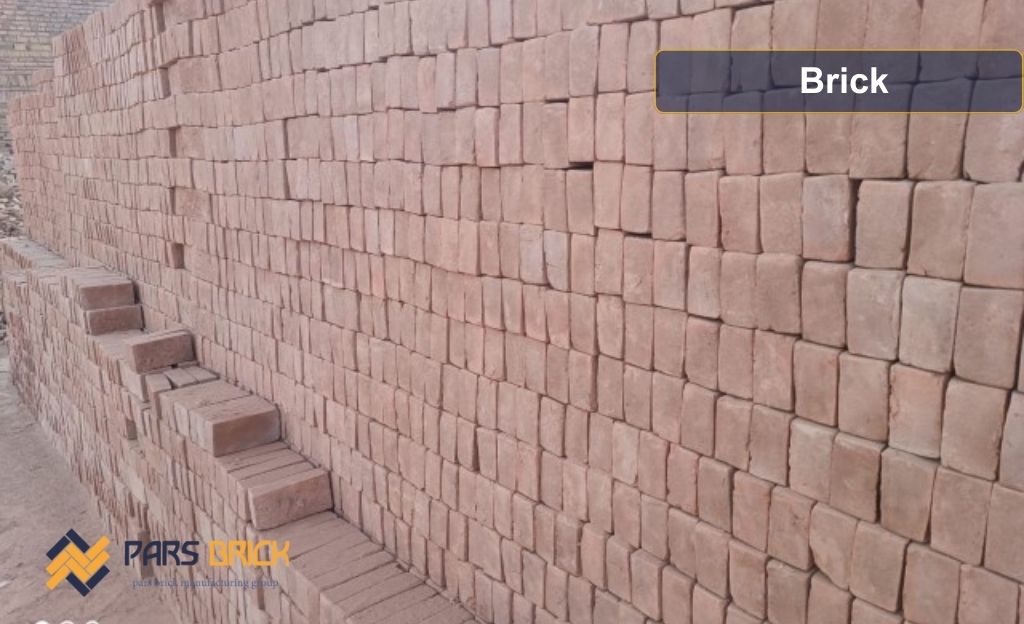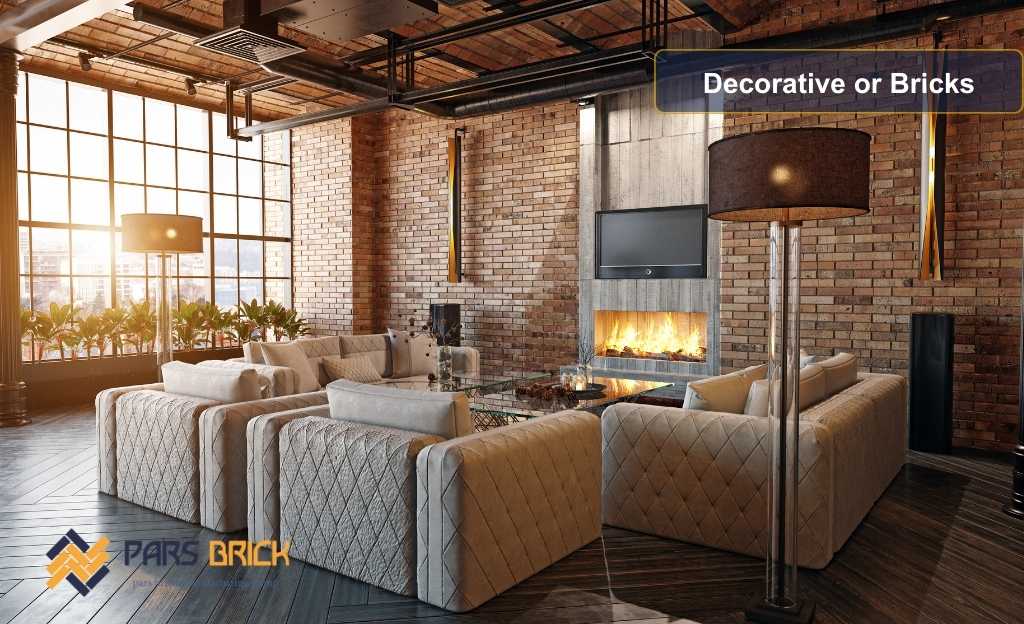How to Calculate the Number of Bricks Needed in Bricklaying Mathematical Calculations
In bricklaying mathematical calculations, the amount of materials required for brick walls using pressed bricks or machine-made bricks with a thickness of up to 2 bricks is calculated per square meter. This unit is selected for price analysis for walls of up to 2-brick thickness and is determined based on the following considerations:
- Ease of measuring completed work (quantity surveying)
- Resolving discrepancies caused by variations in the actual wall thickness compared to the theoretical dimensions stated in construction drawings
- Adjusting labor costs to reflect the complexity of executing different types of walls
For more information, feel free to check out our price of refractory bricks
Calculating the Number of Bricks per Cubic Meter of Wall
- Number of bricks for a 2.5-brick-thick wall per row (course): 22.77 units
- Number of bricks for a 3-brick-thick wall per row: 22.77 + 4.57 = 27.34 units
- Number of bricks for a 3.5-brick-thick wall per row: 22.77 + 9.1 = 31.87 units
- Number of bricks for a 4-brick-thick wall per row: 31.87 + 4.57 = 36.44 units
- Number of rows (courses) per square meter of wall: 313.88 rows
This systematic calculation ensures accuracy and facilitates better material estimation for construction projects.
Number of Bricks per Square Meter of Wall
- For a 2.5-brick-thick wall: 22.77 × 13.88 = 316 bricks
- For a 3-brick-thick wall: 27.34 × 13.88 = 394.8 bricks
- For a 3.5-brick-thick wall: 31.87 × 13.88 = 442.35 bricks
- For a 4-brick-thick wall: 36.44 × 13.88 = 505.78 bricks
Number of Bricks per Cubic Meter of Wall
The number of bricks per cubic meter is calculated by dividing the number of bricks per square meter by the wall thickness.
- For a 2.5-brick-thick wall with a thickness of 54 cm: 585 bricks
- For a 3-brick-thick wall with a thickness of 65 cm: 584 bricks
- For a 3.5-brick-thick wall with a thickness of 76 cm: 582 bricks
- For a 4-brick-thick wall with a thickness of 87 cm: 581 bricks
On average, for a cubic meter of brick wall built with pressed bricks laid in a foundation style, the number of bricks is approximately 583 bricks.Including a 7% allowance for waste, the total becomes:
583 × 1.07 = 624 bricks
Calculating the Volume of Mortar Used per Cubic Meter of Wall
- Volume of one pressed brick: 1,100 cubic centimeters
- Total volume of bricks in one cubic meter of wall: 1,100 × 583 = 673,365 cubic centimeters
- Volume of one cubic meter of wall: 1,000,000 cubic centimeters
- Volume of mortar without waste: 1,000,000 − 673,365 = 326,635 cubic centimeters
- Volume of mortar with 2% waste: 326,635 × 1.02 = 333,167 cubic centimeters (or 333 liters)
Calculating Materials for Laying Walls with 3 cm Machine-Made Bricks
This calculation ensures precise material estimation for construction projects, accounting for brick size, wall thickness, and mortar requirements.
For more information, feel free to check out our Brick factory
Calculating the Number of Bricks in Bricklaying Mathematical Calculations
- Number of bricks in one row (course): 4.52 units
- Thickness of mortar joint: 1 cm
- Thickness of one row with mortar: 1 + 3 = 4 cm
- Number of rows in one square meter: 25 rows
- Number of bricks in one square meter: 4.52 × 25 = 112.7 units
- Brick waste (5%):
Number of bricks in one square meter, including waste:
112.7 × 1.05 = 118 bricks
Calculating the Volume of Mortar Used When Solid 3 cm Bricks Are Used
- Volume of mortar for the backing layer: 10,000 cubic centimeters
- Surface area of mortar in one row: 100 × 10.5 = 1,050 square centimeters
- Number of rows in one square meter: 25 rows
- Volume of mortar in one square meter: 1,050 × 25 = 26,250 cubic centimeters
- Total volume of mortar: 26,250 + 10,000 = 36,250 cubic centimeters
- Mortar waste (2%):
Total volume of mortar, including waste:
36,250 × 1.02 = 36,963 cubic centimeters (or 369 liters)
For more information, feel free to check out our Pars brick factory
Calculating the Difference in Material Usage When 3 cm Bricks Are Used Instead of 5.5 cm Bricks
In walls where the facade is built with 3 cm bricks, the backing layer is often constructed using pressed bricks or second- or third-grade machine-made bricks, laid in a foundation style. Due to the varying thickness of the bricks, the joints in walls thicker than one brick are not uniform.
Calculating the Volume of Mortar
- Volume of mortar for continuous joints:
Number of joints × height of joint × length of joint (in cubic centimeters) - Volume of mortar for joints between two ends of bricks:
Number of joints in one row × number of rows × width of joint × thickness of joint × height of joint
Brick Classification
Bricks can be classified in various ways, such as by color, dimensions, material, and more.
For more information about bricklaying mathematical calculations, please contact the experts at PARS Brick Company.

